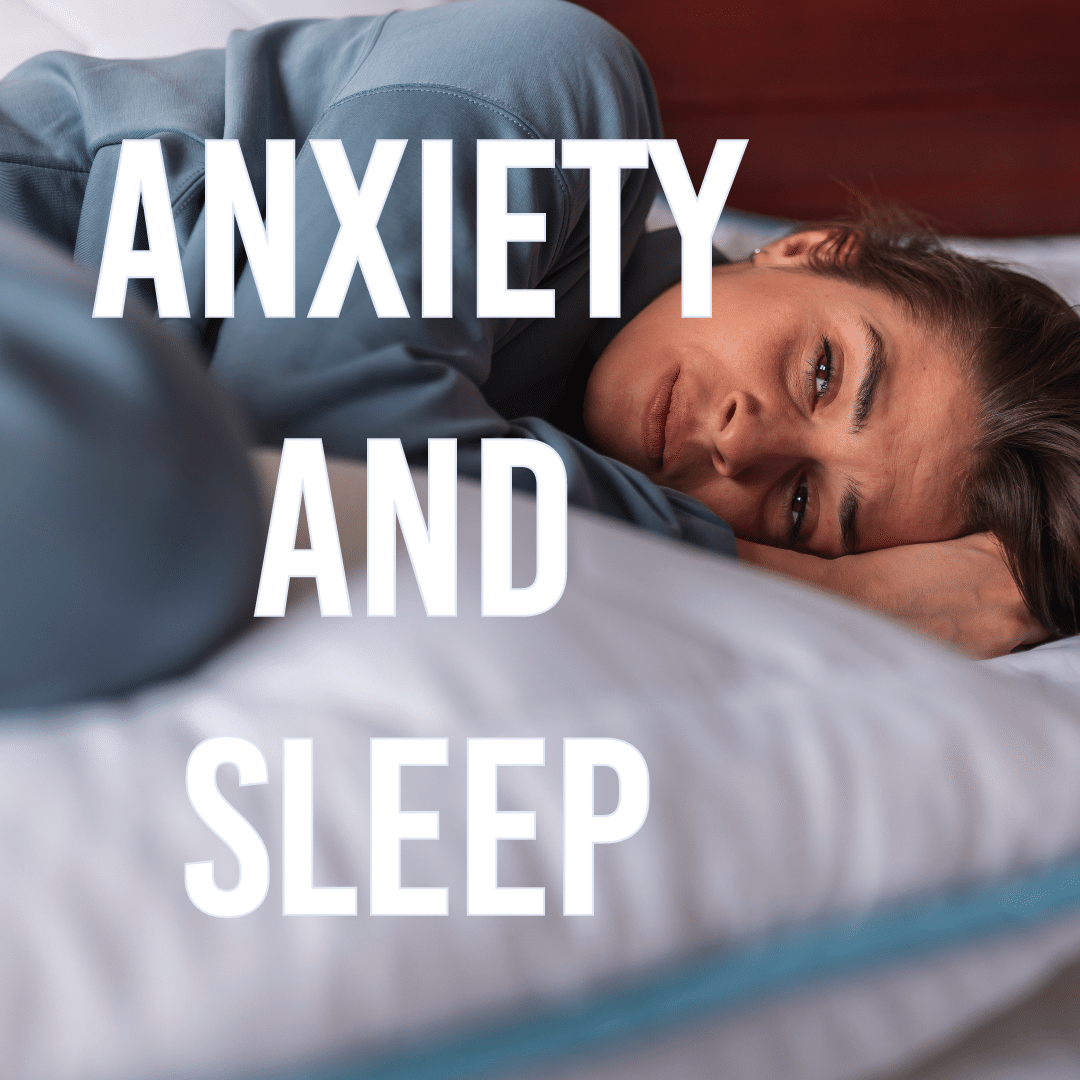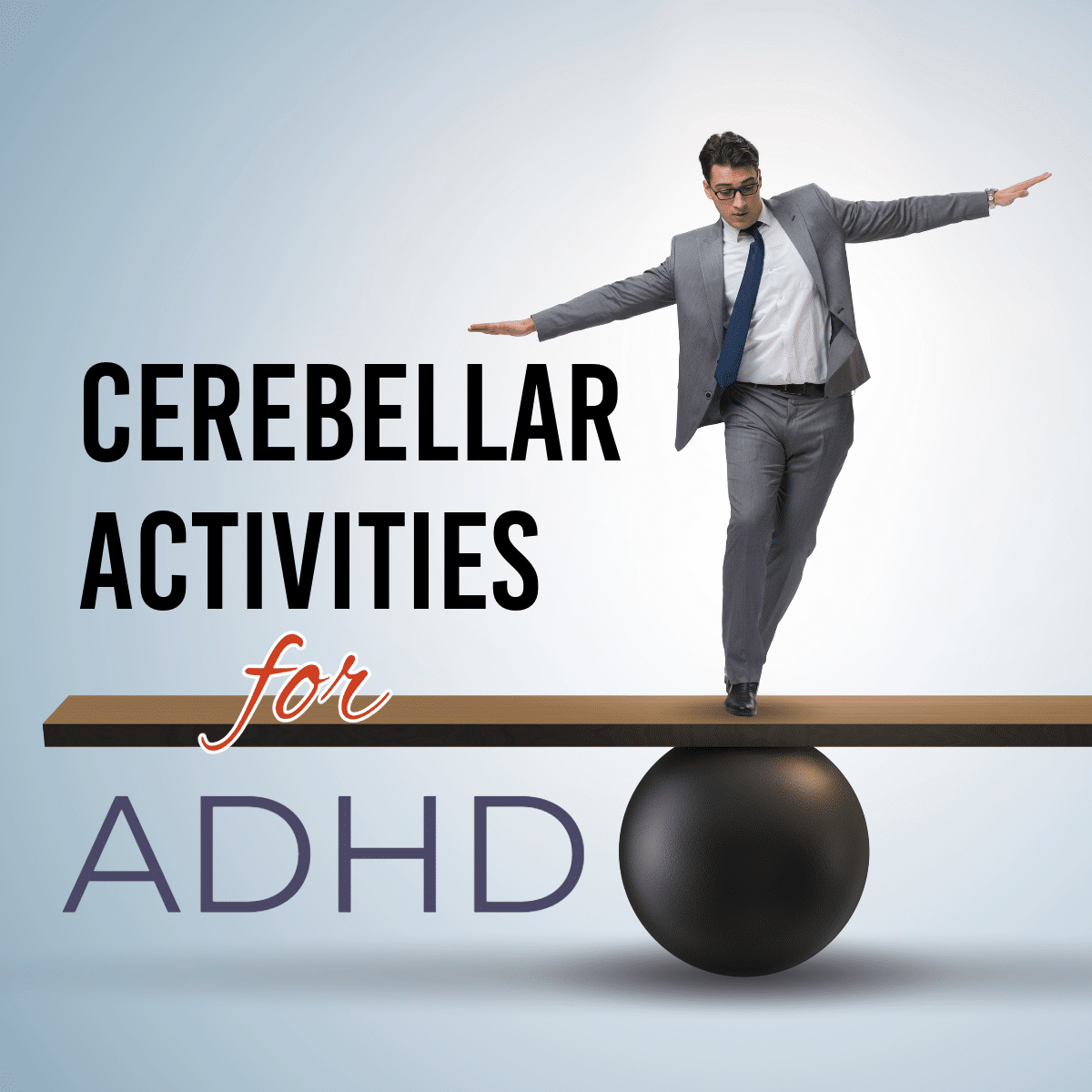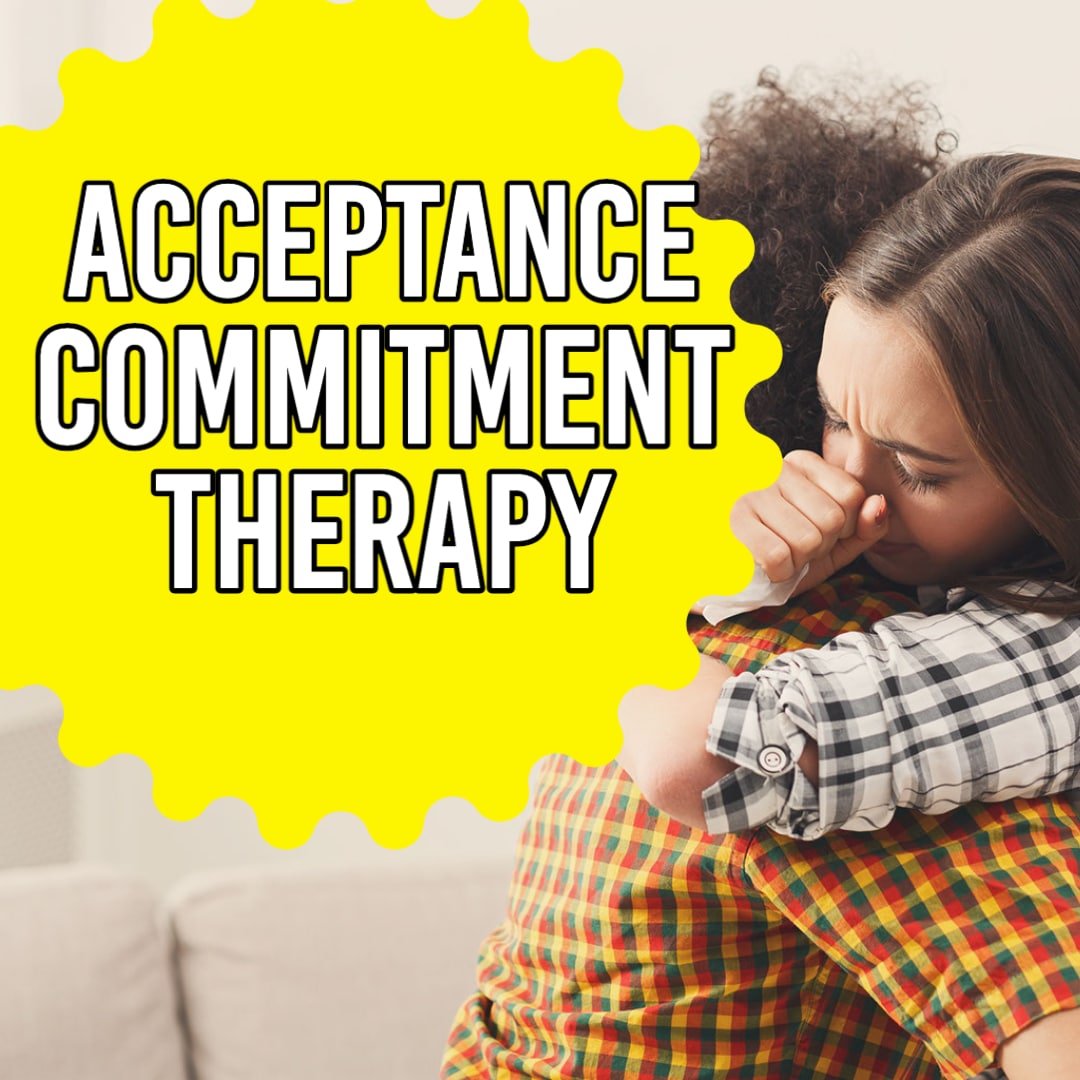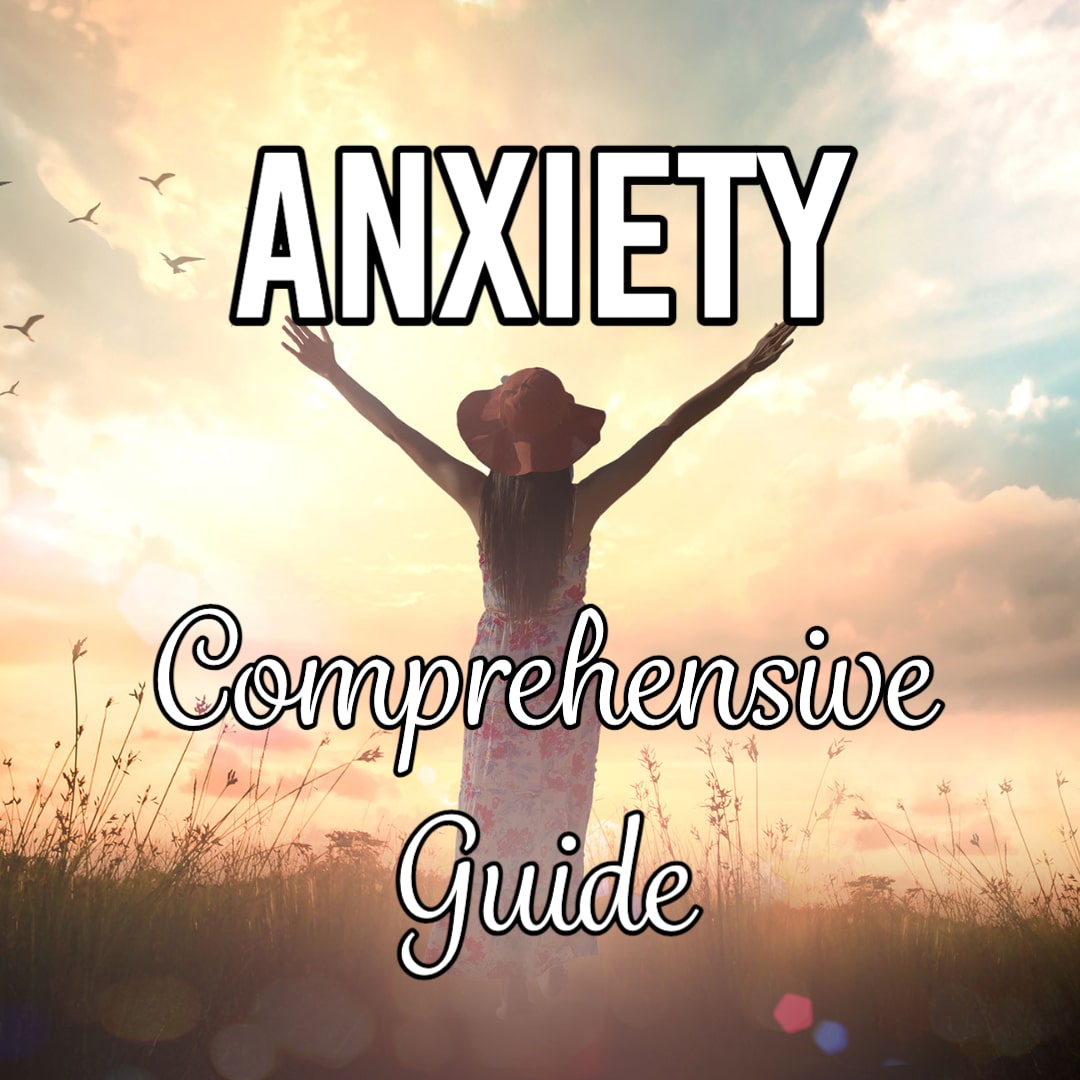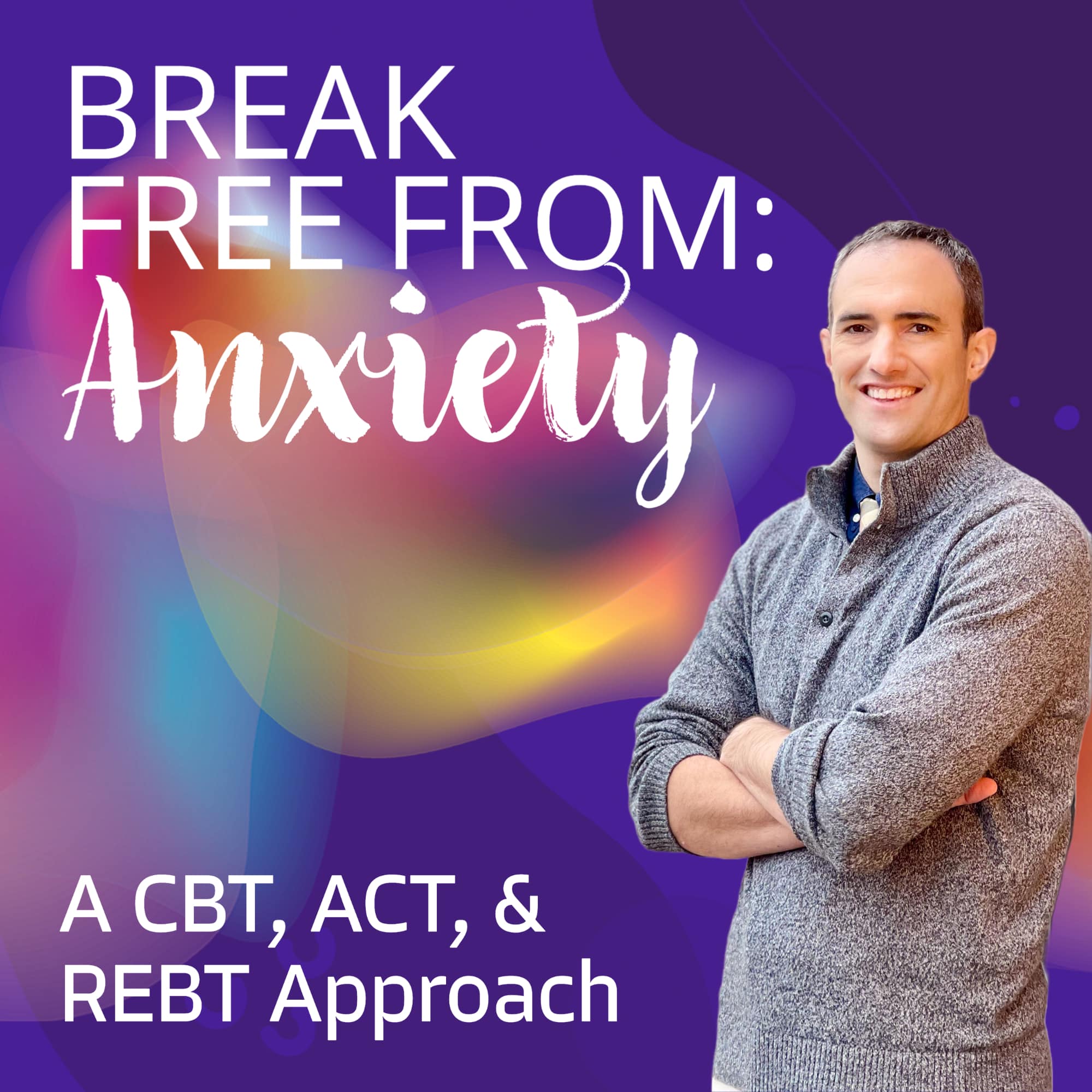Treatment consists of three options, either alone or in combination:
- Antidepressants
- Light therapy
- Psychotherapy
As adjunctive therapies, all patients are encouraged to explore
-
Sleep hygiene
-
Daily walks outside, even on cloudy days
-
Aerobic exercise
-
Enhanced indoor lighting with regular lamps
-
Dawn stimulation (less intense light that slowly increases to a room light level (of 250 lux) over approx 30-90 min prior to awakening)
For individuals with mild to moderate winter depression, according to the American Psychiatric association and Canadian Network for Mood and Anxiety Treatments, light therapy alone is a reasonable first line treatment.
The typical medication of choice is an SSRI, taking into consideration side effect profiles of each. Note that a previous “response” to medication in the spring may have been a placebo response as the typical course of the SAD was remitting in the spring. Starting a medication between November and February would argue against a placebo response, and in favor of endogenous benefit from the medication. Monitoring is similar to that of major depressive disorder. Individuals may opt for seasonal pharmacotherapy or continuous pharmacotherapy, with advice of their psychiatrist, taking into account past history and patient preferences.
Light therapy helps make up for the deficit in light exposure individuals experience in the winter months. While low vitamin D is caused by low amounts of sun reaching the skin surface, the light needed for the treatment of SAD is into the eyes and retina, to help trigger the suprachaismatic nucleus (SCN). The SCN is implicated in sleep-wake cycles (which indirectly can affect mood), cortisol stress levels, and has other downstream effects on serotonoin and dopamine thereby affecting one’s mood.
Bright light therapy consists of a “light box” or device, with a fluorescent bulb that emits white light, that would sit on a table or desk to emit light into one’s eyes for about 30 minutes each morning. The device should be at least 10,000 lux, which is a measure of brightness. The device should be positioned at a distance of 16 to 30 inches (40-80 cm). The distance is important because the light dissipates proportional to the inverse square (if the distance is doubled, the light drops to one quarter intensity). Devices that are less than 10,000 lux, or are further than 30 inches away, would require longer sessions of exposure. The light box should be used soon after awakening (sometime between 6 and 8 am) and at the same time each day. Patients can glance at the light, but should aim to keep the light in the peripheral vision while reading, eating, watching TV, working on a computer or even while on a stationary bike.
Patients who start bright light therapy usually respond in 1-4 weeks of starting treatment. Light therapy should be continued for 2 weeks beyond when the depression ended. In one study, patient’s improvement continued after stopping the lightbox, but should you experience of a recurrence of depression, light therapy should be restarted.
What scientific data supports the use of bright light therapy for SAD?
A comprehensive meta-analysis by Golden, et. al, showed that bright light treatment for SAD and for nonseasonal depression are efficacious with effect sizes equivalent to antidepressant pharmacotherapy trials.
Light therapy is generally well-tolerated and safe. Side effects are mild and improve with time. There are no absolute contraindications but individuals with eye conditions (such as cataracts, which may decrease the effectiveness of light therapy) should consult an opthamologist. The most frequent side effect is eye strain and headache, but other side effects include:
-
Nausea
-
Anxiety
-
Insomnia if administered too early or too late in the day.
-
Agitation or irritability
The side effects can be managed by reducing the amount of exposure to the light.
Light therapy can also be used for
-
Certain sleep disorders
-
Night shift work
-
Jet lag
-
Dementia
-
Non-seasonal depression
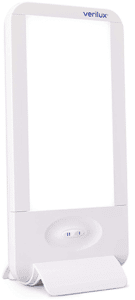
Verilux 10,000 lux Light Therapy Energy Lamp ($44.95)
The Verilux is a safe, full spectrum light therapy in a practical, compact size that would easily fit on a desk or table.
-
Provides 10,000 Lux, UV blocked bright white light therapy recommended by professionals.
-
Customizes to your personal preference for light intensity with high or low settings, includes two easy to install no glare lenses for high energy or comfort.
-
Broad surface area emits more light per square inch for efficient light therapy sessions.
-
Light therapy at the right time of day can help improve your mood and reset your circadian rhythm to improve sleep.
-
Recommended placement is up to 24”

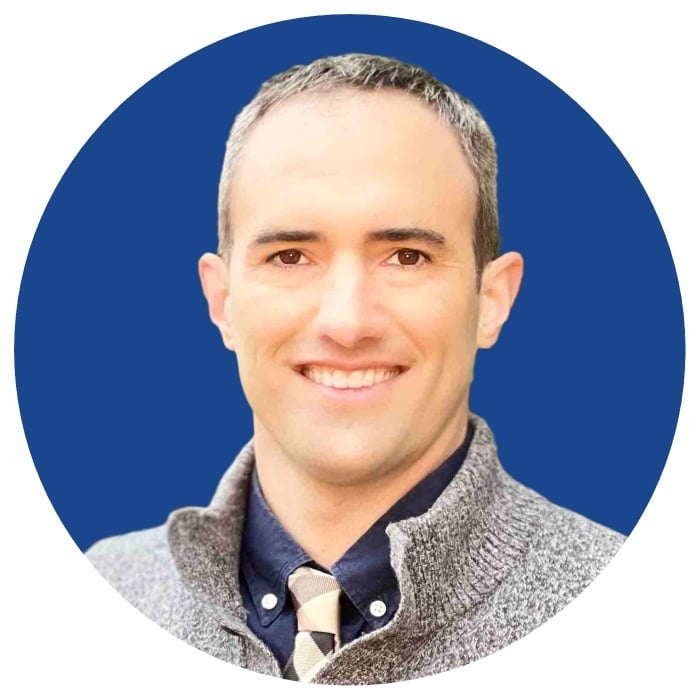 Bruce Bassi
Bruce Bassi